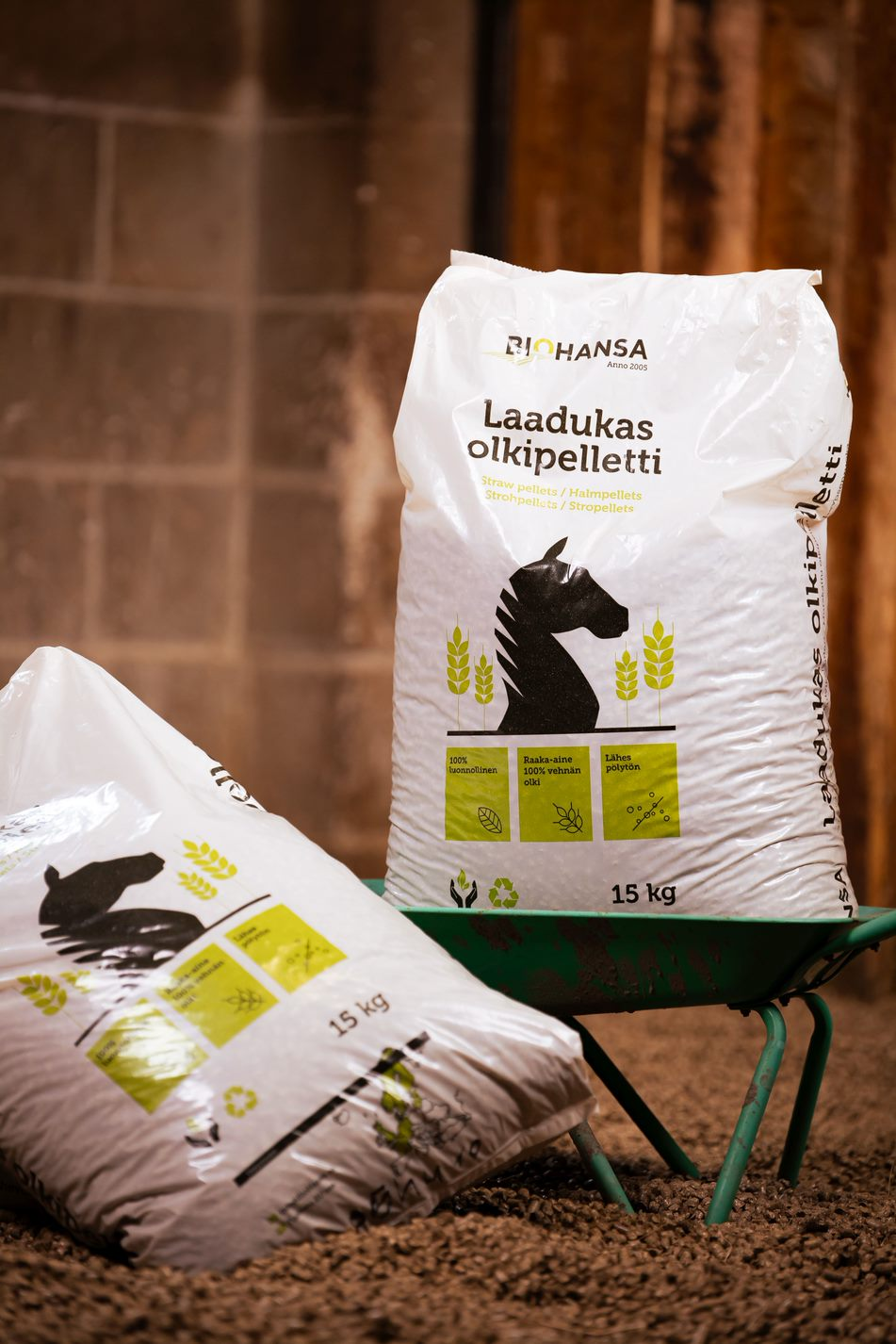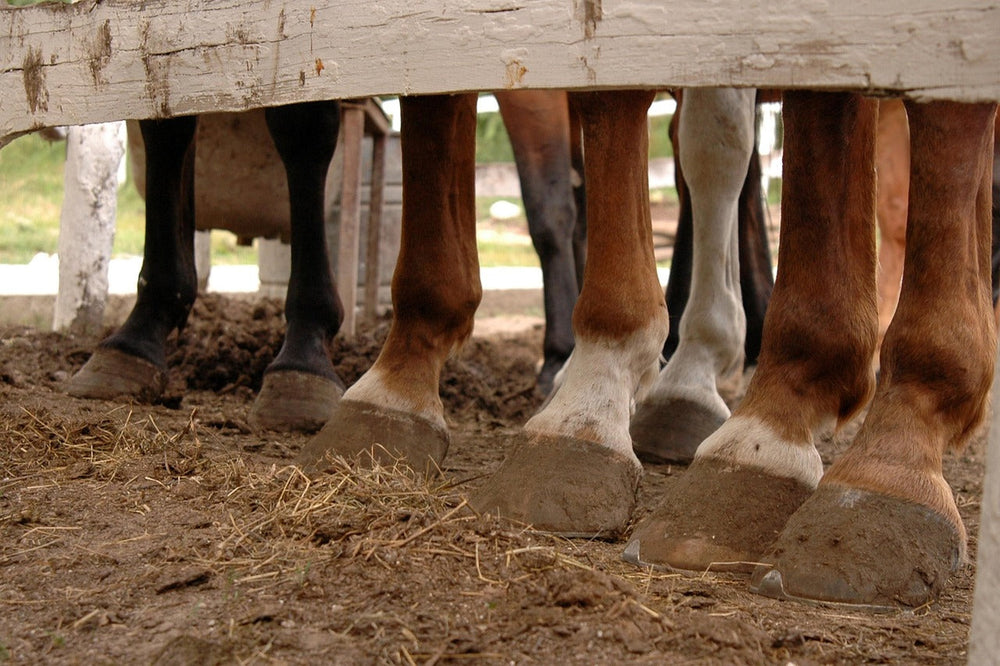
The impact of riding surfaces on horse health is undeniable. When we talk about horse well-being and long-term health, the **quality of riding arena surfaces** is one of the most important factors, though it's also easily overlooked.
The properties of an outdoor arena or riding hall surface directly affect how a horse moves, how much stress is put on its legs, and how likely it is to suffer from **stress injuries**.
A **high-quality surface** isn't a luxury; it's a prerequisite for a horse's well-being and longevity. For example, a fiber-enhanced surface can significantly reduce the risk of stress injuries, improve the horse's movement, and thus support its physical and mental well-being.
For these reasons, as knowledge has increased , the popularity of **fiber-enhanced surfaces** has grown, as they offer a stable and flexible base. This supports the horse's movement and reduces the risk of injuries.
Fiber-enhanced surfaces began to become common in Finnish riding stables around the early 2000s, but their real breakthrough occurred in the 2010s. At that time, more and more stables and riding centers started transitioning from traditional sand or wood chip surfaces to modern **sand-fiber surfaces**, especially for riding halls and competition arenas.
The widespread adoption of fiber-enhanced surfaces was accelerated by **international competition standards** (e.g., FEI), which began to require high-quality surfaces. Similarly, the emphasis on horse health and performance increased interest in the impact of surfaces.
As the availability of surface materials and expertise grew in Finland, many companies began producing their own fiber mixes and offering installation services. Although building a fiber-enhanced surface is more expensive initially, its **durability and lower maintenance requirements** make it a financially viable option.
Biohansa's fiber-enhanced surfaces "Basic" and "Supreme" are completely safe for animals and humans, and suitable for all weather conditions. The mix is environmentally friendly. The fiber is suitable for use in both outdoor arenas and riding halls and does not harden.

A horse moves naturally with elasticity, and its movements are based on body rhythm and leg work. A low-quality, uneven, or excessively hard surface forces the horse to alter its natural movement pattern, which can lead to compensatory movements, muscle tension, and ultimately **injuries**.
A **good riding surface** supports the horse step by step, providing enough flexibility, but also adequate grip and support.
Horses' legs are sensitive to continuous stress, and various **stress-related injuries** are particularly common in riding horses. Stress injuries occur when the body's tissues are subjected to repetitive or excessive strain without sufficient recovery. In horses, stress injuries develop particularly in the legs, as they bear the entire body weight and are heavily used during riding, training, and competitions.
Common injuries include **tendon injuries** (e.g., superficial or deep digital flexor tendon damage), **arthritis** and **osteoarthritis**, especially in the fetlock and hock joints, and **muscle and soft tissue injuries** resulting from slipping or an uneven surface.
Additionally, laminitis or sole bruising can occur due to poor shock absorption, as can back problems, which may be reflected by incorrect movement and jarring in the legs.
A **fiber-enhanced surface** typically consists of sand and synthetic fibers, such as geotextile, mixed into a uniform mass. This type of surface mimics natural soft yet resilient ground and offers many benefits for a horse's leg and overall health.
The primary benefit is **excellent shock absorption**. The fiber binds the sand and forms a flexible layer that effectively dampens every step. This reduces stress on joints and tendons.
At the same time, it creates **optimal grip**. The surface is neither too slippery nor too heavy. The horse gets natural traction without the risk of slipping or tripping. A well-maintained fiber-enhanced surface remains even even with heavy use. This allows for symmetrical movement and prevents damage related to uneven loading.
The right kind of surface provides **better movement comfort and bolder movement**. The horse dares to move relaxed and energetically, which improves the quality of movements and prevents muscle stiffness and compensations.
Fiber binds moisture, which **reduces dust** production. This is an important advantage, especially in indoor arena environments during winter. Less dust means better respiratory health.
Investing in a good riding arena surface is therefore an investment in the **horse's health** and ultimately also in the **rider's safety** and the **pair's performance**. Stress injuries are often "silent" ailments that develop gradually. Therefore, prevention and careful planning of conditions, such as the surface, are key to supporting a horse's long and healthy competition and training career.






